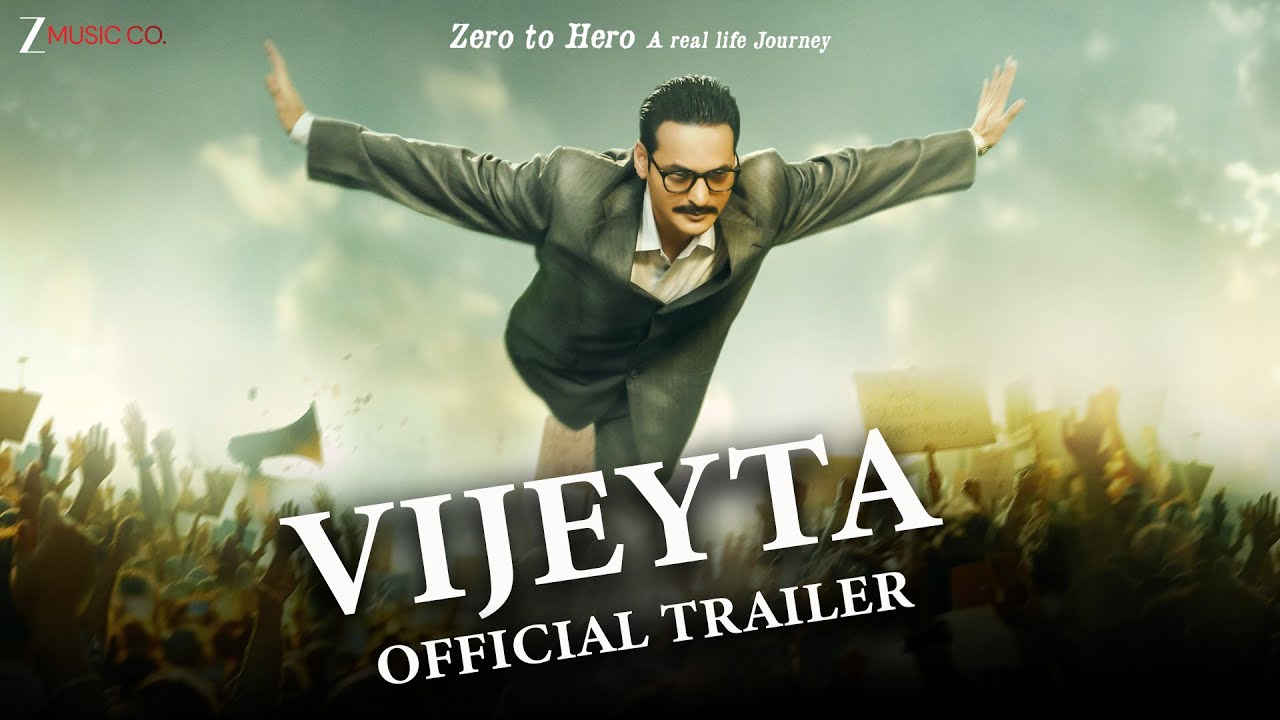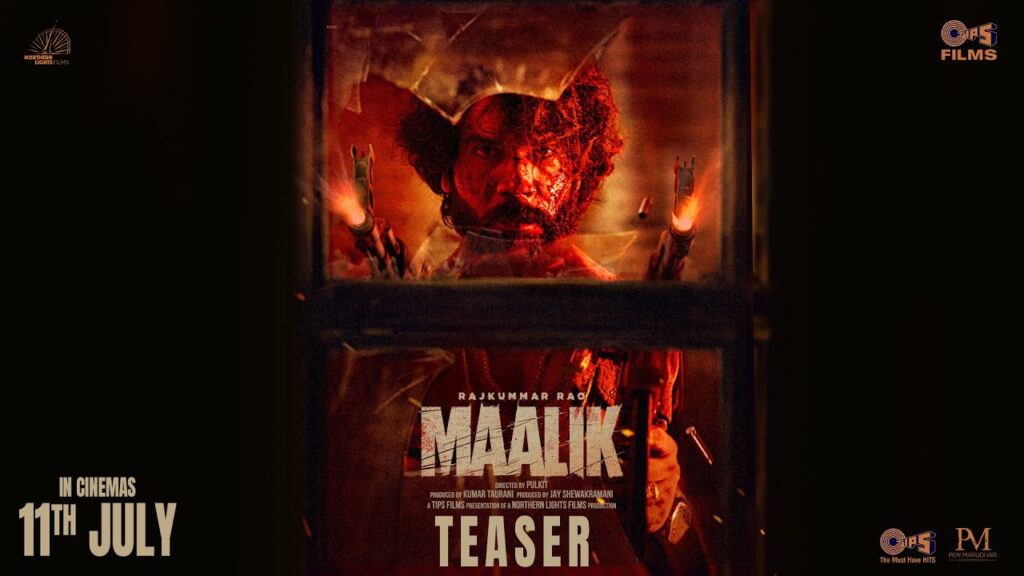Vijeyta Movie 2025 Bapamtv Review Details
Vijeyta (2025) — A Director’s Vision Bent on Heart Over Hype
Rajiv S. Ruia’s Vijeyta is a heartfelt biographical drama that aims to translate the grit of real life into cinematic emotion. The film traces Dr. Rajesh K. Agarwal’s rise from a hosiery laborer in Calcutta to a business magnate, and Ruia’s intent to foreground family values and resilience is evident throughout.
Directorial Approach and Intent
Ruia approaches the material with earnestness, prioritizing sincerity over stylistic showmanship. He frames personal sacrifice and familial duty as the moral backbone of the story, leaning on intimate moments rather than bombastic set pieces.
The director’s vision favors nostalgia; sepia-tinged flashbacks and restrained blocking build a clear emotional through-line that underscores the protagonist’s early hardships and later triumphs.
Directorial Choices: What Works and What Doesn’t
Ruia’s decision to emphasize mood over momentum gives the film emotional weight in several family scenes, allowing small gestures to carry narrative significance. These quieter directorial choices are the film’s strongest asset.
However, pacing and staging choices occasionally undercut dramatic tension. Long setups and loose editing make climactic beats feel diluted rather than cathartic, reducing the overall narrative propulsion.
Signature Elements and Stylistic Traits
Vijeyta displays recurring directorial ticks: a preference for close family tableaux, moralistic framing, and a visual separation of eras using color grading. These choices signal Ruia’s intent to make the past feel tactile and the present more immediate.
Ruia’s comfort with interpersonal drama is clear, but the film lacks a bolder stylistic fingerprint—he opts for functional clarity rather than adventurous formalism.
Influences and Inspirations
The screenplay’s reverence for rags-to-riches narratives and moral redemption suggests influences from classic Indian family dramas and inspirational biopics. The film’s tonal steadiness echoes a tradition of earnest storytelling rather than experimental cinema.
Comparison to Director’s Previous Works
Screenplay and Script Choices
Sandeep Nath’s screenplay adapts a sprawling real-life journey into a structured drama focused on ethical dilemmas and family bonds. The narrative prioritizes key life events while trimming ancillary arcs to maintain clarity.
Dialogue ranges from genuinely affecting to occasionally expository. Where scenes lean on emotion, the screenplay succeeds; where it needs tension, the words sometimes feel too straightforward to compel.
Character Arc Analysis
Ravi Bhatia’s Rajesh follows a conventional but satisfying arc: naive laborer → embattled struggler → reflective achiever. The progression is believable, anchored in a series of setbacks and reconciliations that map cleanly onto the film’s moral thesis.
Secondary characters, including Bharti Awasthi’s female lead and Nirav Patel’s pivotal Tapan Daas, offer necessary counterpoints, though several supporting roles remain undercooked and could have benefited from sharper development.
Cinematography and Visual Storytelling
Eugene D’Souza’s camera work supports Ruia’s intent: sepia tones for the past, crisper palettes for conflict, and intimate framings for family moments. The cinematography excels at mood-setting even if it rarely surprises.
Visual composition reinforces character psychology—tight interiors for suffocating hardship, wider frames when possibilities open—but it doesn’t push into visual innovation.
Editing and Narrative Flow
Komal Verma’s editing keeps the film coherent but sometimes loose, which affects momentum. Several scenes spill into each other without the snappy rhythm expected of a tight drama, making the runtime feel longer than necessary.
The film would have benefited from more judicious cuts to heighten stakes and clarify cause-and-effect in critical sequences.
Music, Sound Design and Background Score
Sandeep Nath and B Show’s songs aim for introspection, especially the prominently featured “Hum Sirf Musafir Hain.” Amit Rathore’s background score works to amplify emotional beats but rarely surprises the ear.
The soundtrack supports scenes but does not often lodge in memory—effective in the moment, forgettable afterward.
Performances and Direction of Actors
Ravi Bhatia brings earnestness to Rajesh, anchoring the film’s emotional core, though some moments demand a deeper emotional palette than he provides. His performance is steady and sympathetic.
Nirav Patel stands out in a pivotal role, delivering nuance that elevates key scenes. The ensemble registers well in family sequences, but several supporting players have limited room to register lasting impressions.
Thematic Resonance and Moral Core
At its best, Vijeyta celebrates resilience, ethical fortitude, and the sacrifices behind success. The film’s moral clarity is a plus for audiences seeking inspiration and familial warmth.
At its worst, the film’s didactic streak can feel heavy-handed, reducing complex real-life dilemmas to simple moral lessons.
Box Office and Reception
Early audience responses praise the film’s inspirational core, while critics point to uneven execution. Box office performance shows interest from family audiences and festival buzz after screenings at Abu Dhabi and Cannes 2025.
The commercial response suggests moderate traction among viewers who value message-driven cinema.
Quick Reference Table
| Aspect | Detail |
|---|---|
| Director | Rajiv S. Ruia |
| Writer | Sandeep Nath |
| Lead | Ravi Bhatia |
| Cinematography | Eugene D’Souza |
| Runtime | |
| Star Rating (Average) | Critics: 2/5 · Audience: 3.5/5 |
Final Verdict
Vijeyta is an ambitious, heartfelt retelling of an extraordinary life. Ruia’s directorial sincerity and attention to family moments make the film emotionally accessible.
However, pacing issues, uneven performances, and a soundtrack that rarely stays with the viewer keep Vijeyta from becoming truly exceptional. It’s best appreciated by audiences who favor inspirational, message-driven dramas over technical polish.
Star Rating: Critics — 2/5 · Audience — 3.5/5
Disclaimer: Star rating may vary based on individual opinions and further critical assessments.








